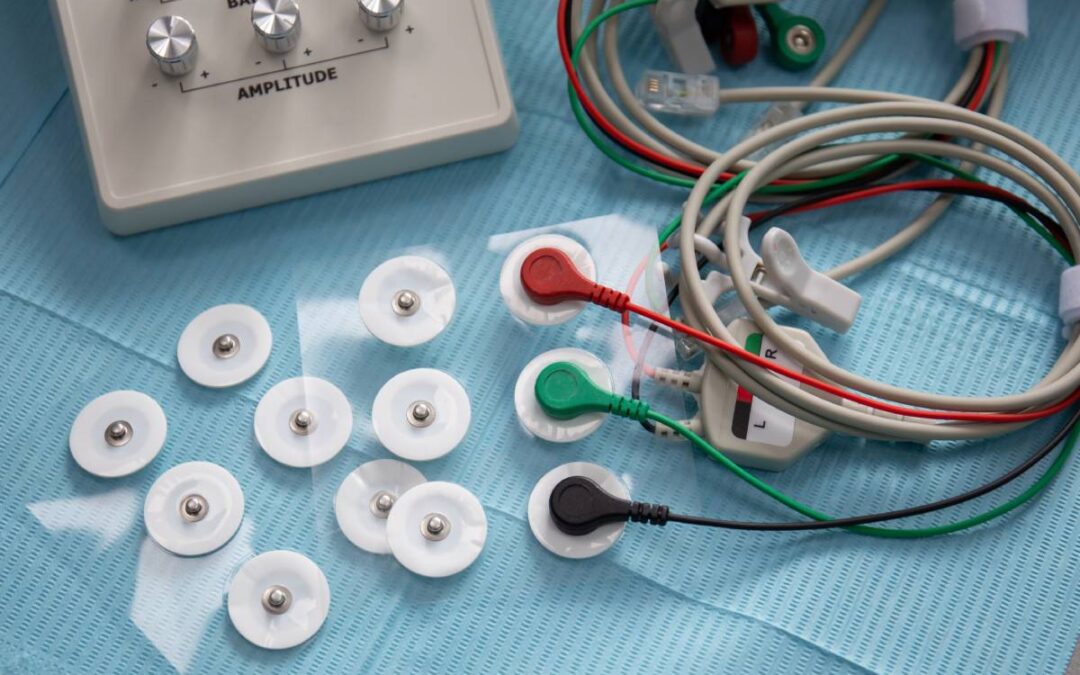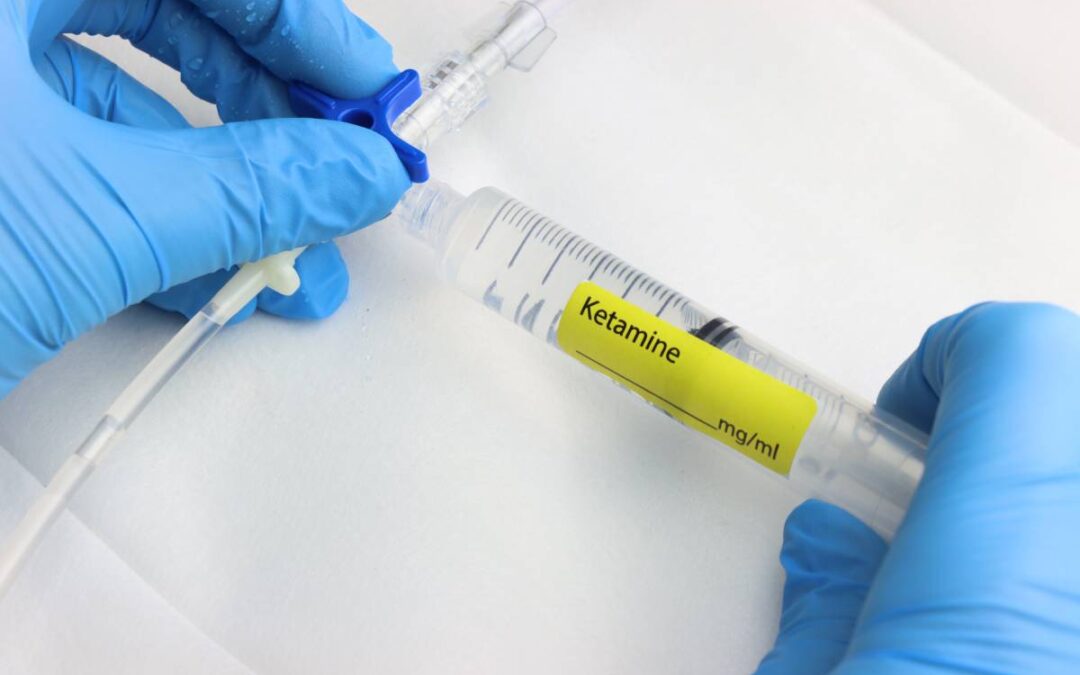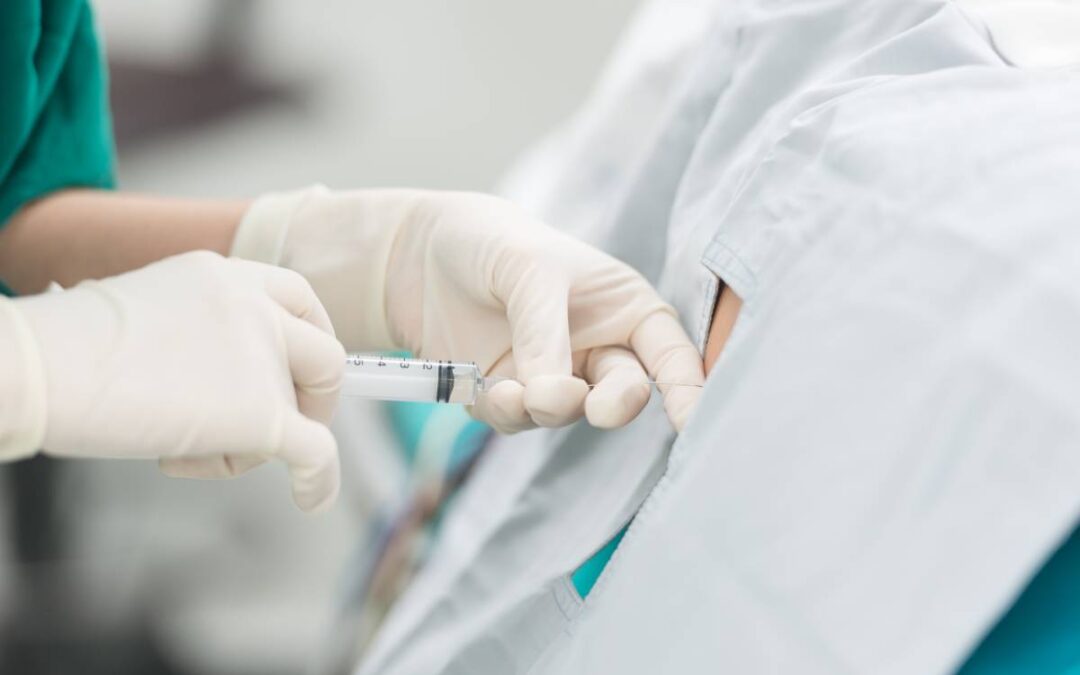


Antitrust in Healthcare
On November 17, 2023, the Federal Trade Commission (FTC) brought forward an antitrust lawsuit to challenge John Muir Health’s proposed $142.5 million acquisition of San Ramon Regional Medical Center, both of which are healthcare entities in California’s Bay Area. The...
Evolution of Ketamine
Ketamine is a common anesthetic agent used in operating rooms around the world. Its ease of storage and good safety profile makes it attractive for use in regions where refrigerators, oxygen, complex monitoring systems, and electricity are scarce. Ketamine is known to...
PFAS Forever Chemicals: Health Implications
Polyfluoroalkyl substances (PFAS) create the perfect household items: waterproof, greaseproof, and capable of being non-stick. This convenience has come at a hefty environmental and medical cost. Commonly dubbed “forever chemicals”, PFAS are extremely mobile and do...
EEG Markers of Anesthesia Depth
In 1875, electroencephalography was first noted by Dr. Caton, a British physician working at the Liverpool Royal Infirmary. Dr. Caton discovered the presence of electric potentials in the brains of animals using a galvanometer and electrodes (1,2). In 1929, Hans...






Recent Comments